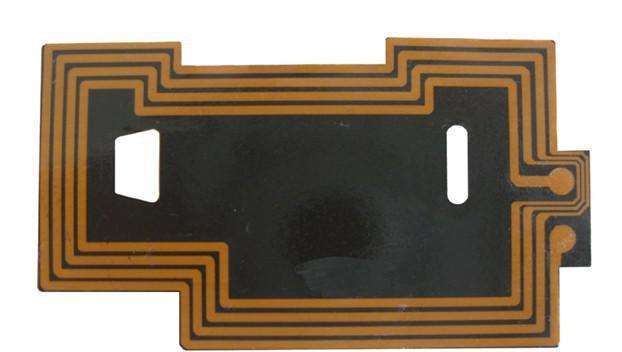FPC is a kind of printed circuit board, which is called flexible circuit board. We call it FPC soft board. FPC generally uses PI as the base material, which can stop bending and flexing at will. PCB is the so-called rigid circuit board, which is usually called rigid board. PCB generally uses FR4 as the base material and cannot be bent or flexed. FPC flexible circuit boards are used in the need for repeated deflection and the links of some small parts. PCB rigid circuit boards are often used in centers that do not require bending and are relatively rigid.
FPC flexible circuit board is not only a flexible circuit board, but also an important design method for connecting into a planar circuit structure. This structure can be used with other electronic product designs to build a variety of different applications. Regarding the PCB rigid circuit board, unless the circuit is made into a plane by the way of potting glue, the circuit board is generally flat. Therefore, the design of electronic products should make full use of flat space, and FPC flexible circuit board is a good plan. The current common space extension plan for PCB rigid circuit boards is to use slots and interface cards. FPC flexible circuit boards can be constructed in a similar way only by switching design, and they are also more flexible in directional design.

The FPC flexible circuit board can use the terminal connection method to stop the line connection, but it can also use the soft and hard separation board to avoid these connection mechanisms. The application of a connection FPC can connect the two hard boards into a parallel circuit system, and it can also be converted into any Angle to adapt to different product shape S design. A single FPC can configure many hard boards and connect them in a planning way. This approach eliminates connector and terminal interference, which can improve signal quality and product trust.
PCB has researched and developed the characteristics of the step board, combined with the existing technology to improve the development technology of the existing step board, and strengthened the production method of the step board. It is characterized in that the PCB board method with a step groove is characterized in that it includes the following Steps: a. Paste a tape on the back of the inner core board; b. Paste the windowed first prepreg on the back of the inner core board so that the tape is located in the window of the first prepreg; paste the first prepreg on the front of the inner core board Two prepregs; c. Paste the first outer core board on the surface of the first prepreg; Paste the second outer core board on the second prepreg surface; d. Laminate; e. Along from the second outer core board to the inner In the direction of the layer core board, use a laser to cut along the edge of the required step groove. After cutting, take out the tape and the cut inner layer core board, the second prepreg, and the second outer layer core board to form a step groove . The method of the invention can ensure that the groove wall of the step plate is tidy and defect-free. After laser cutting, the laminated board and tape can be easily taken out without sticking to the bottom of the groove. The method is simple, effective and easy to implement.